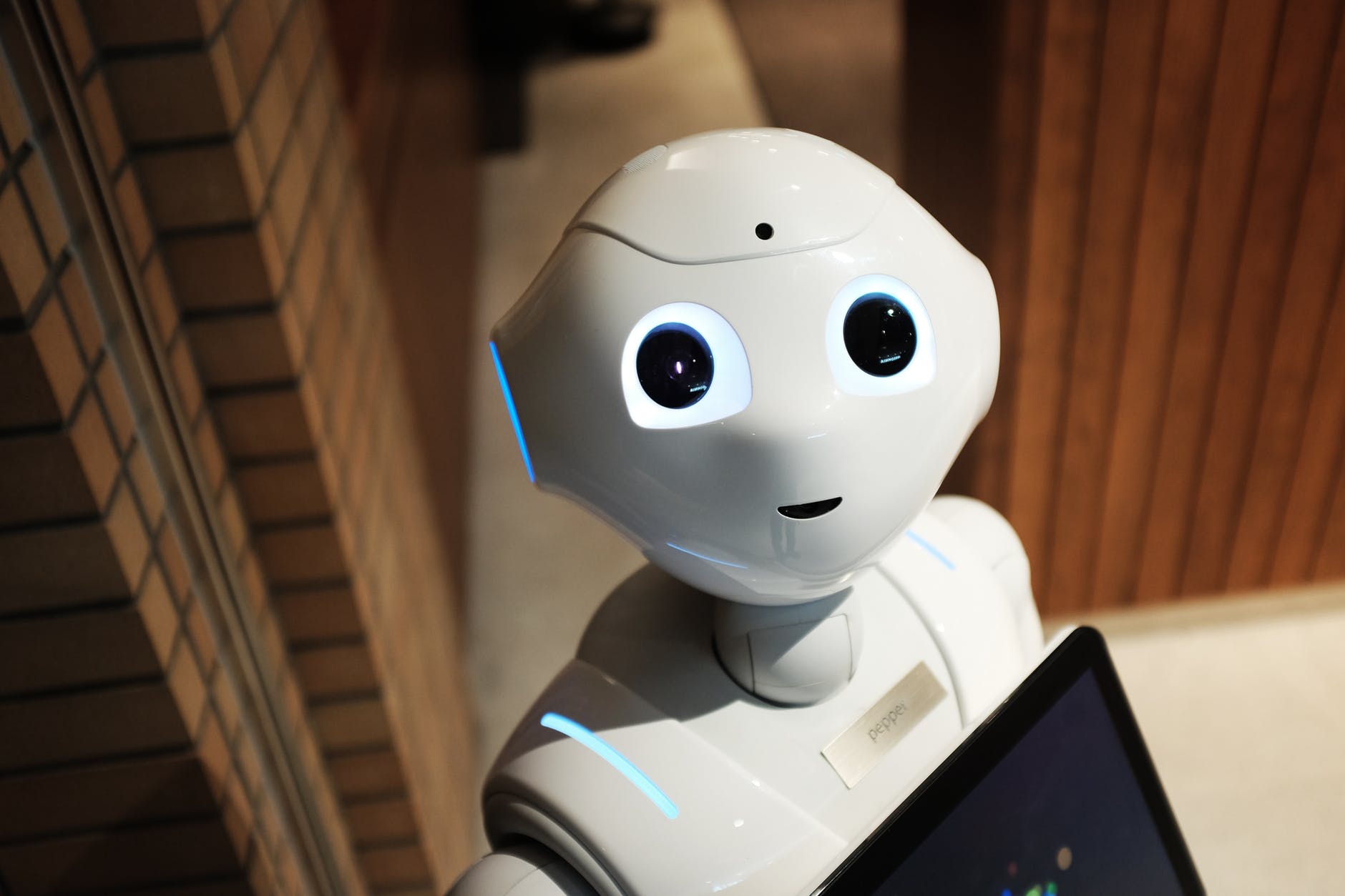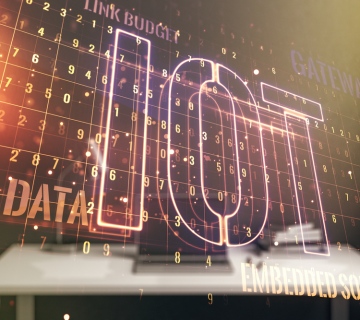Whether you are a teacher or a student, there’s no denying the fact that a lot can be done better in today’s education system. While functional, the education industry of today is still a remnant of the 20th century, often prioritizing arbitrary grading systems as opposed to tangible, practical knowledge. Luckily, hope can be found in Artificial Intelligence (AI) systems that have already garnered widespread appeal due to their automation capabilities.
According to Forbes, teachers often spend up to 50% of their work hours on non-educational tasks, which prompted the US government to ramp up its AI implementation in education with the intent to automate up to 47% of current processes by 2024. There is a clear need for such systems to be taken advantage of in the 21st century, especially given the fact that so many students enter formal education with pre-conceived skills and know-how of modern technologies such as the internet, tablet devices, and computers just to name a few. That being said, let’s explore several distinct ways in which AI is changing the education industry for the better, as well as the age-old question of teachers and AI, or whether or not they can coexist in the same industry.
The Teacher/AI Dilemma
The first question on anyone’s mind when it comes to AI in education is whether or not such an innovation could be considered unethical. However, digital technologies have existed in education for decades in one form or another, augmenting the teachers’ abilities to spread knowledge and get different points across.
Marie Fincher, Head of Content Development at Trust My Paper spoke on the matter recently: “The fact that we are discussing whether AI and teachers can work together for the betterment of our children’s future means that we are on the right track. Teachers shouldn’t go analogue, nor should AI have full control of what is taught and in what way. Both sides can join their strengths to ensure a higher quality of education and a brighter future for our civilization as a whole down the line as a result.”
In other words, AI will not, and should not, take away the human element from the education industry. Teachers have as much to teach about empathy, intuition and career development as AI can in fields of logic, time management, data gathering, etc. With that in mind, let’s dive into some of the most prominent ways in which AI is poised to make a mark on the education industry in the near future.
- Streamlined Student ID
Depending on the scale of individual educational institutions, it can be difficult to keep track of each student and ID them successfully without losing precious time. AI systems can streamline the process to a point where a simple facial recognition, fingerprint scan or a voice recognition system can ID a student at a moment’s notice.
This can help teachers during exam periods, initial get-to-know periods, as well as day-to-day ID processes for student check-in. As with any AI technology in circulation today, explicit acceptance of terms and conditions should be a must, especially for elementary and high schools for obvious reasons. It should be noted that such information should only be stored in the educational institution and not used for any means other than internal ID to streamline the teachers’ workflow.
- Process Personalization
No two students are alike when it comes to performance, aspirations and work ethics – that’s the beauty of humanity on display in education. However, it also means that teachers often have an impossible task of catering to dozens of students at a time, giving it their all to help them find a purpose in their education.
In reality, this means that AI can make the teachers’ job immensely more successful and easier due to data analytics and recommendations done by specifically designed algorithms. Teachers can act as shot-callers and review data and conclusions made by their AI application to better determine how to proceed with each individual student. This can help each student achieve academic goals in correspondence with their personal aspirations and capabilities at that moment, maximizing the effect the educational system has on them.
- Deep Analytical Possibilities
AI analytics in education goes beyond simply determining which amount of schoolwork is appropriate for each student. For example, their analytical capabilities can extend to classroom comparison, automated grading and simulated computer exercises and demonstrations just to name a few.
Lory Andrews, Head of HR at Studicus spoke on the matter briefly: “Whether it’s corporate or education, AI processes aimed at analytics are a must in modern society. Going through empiric data manually is not only time-consuming but prone to mistakes in human judgment. Alternatively, AI can take over the bulk of analytical duties, leaving the decision-making up to executives and teachers.”
- Early Career Path Development
Given the level of automation AI can provide for teachers to streamline their everyday activities, early career development facilitation becomes a reality. School counseling and career development play just as much into how well-educated someone is after they graduate as day-to-day classes do.
AI systems can be integrated into schools in a way that will help them filter existing academic courses and job occupations against local school databases to determine which career paths are suitable for each student. In fact, this can help a vast majority of students decide on what to do after elementary/high school without going through a, somewhat obligatory, existential crisis.
- Intuitive Grading Opportunities
Lastly, there is a discussion to be had on the nature of numeric grading systems and how representative they are of someone’s talents and work ethics. Implementing AI into the education industry can allow for a wider range of grading opportunities with descriptive marks and teacher reviews as opposed to percentages and single-digit grades.
This can provide both academic institutions and corporate HR managers with a more varied and informative sample of candidates for future societal integration after their formal education is done. Likewise, splitting the grading duties between teachers who review and AI which processes information can make the workflow more intuitive and the database more organized and long-lasting as a result.
In Conclusion
And while AI will never truly replace a respected teacher with his/her personal experiences, gut feelings and intuition, there’s no denying its wider appeal. Finding ways to utilize both sides of the equation for the betterment of schooling as a whole is what should be at the center of AI integration in the education industry going forward.
Only time will tell how well received AI will be when concrete implementation and education system revisions roll around in the next several years. For now, all we can do is prepare our young ones for the upcoming technological leap by introducing AI in a positive light, as a means to a better tomorrow.




